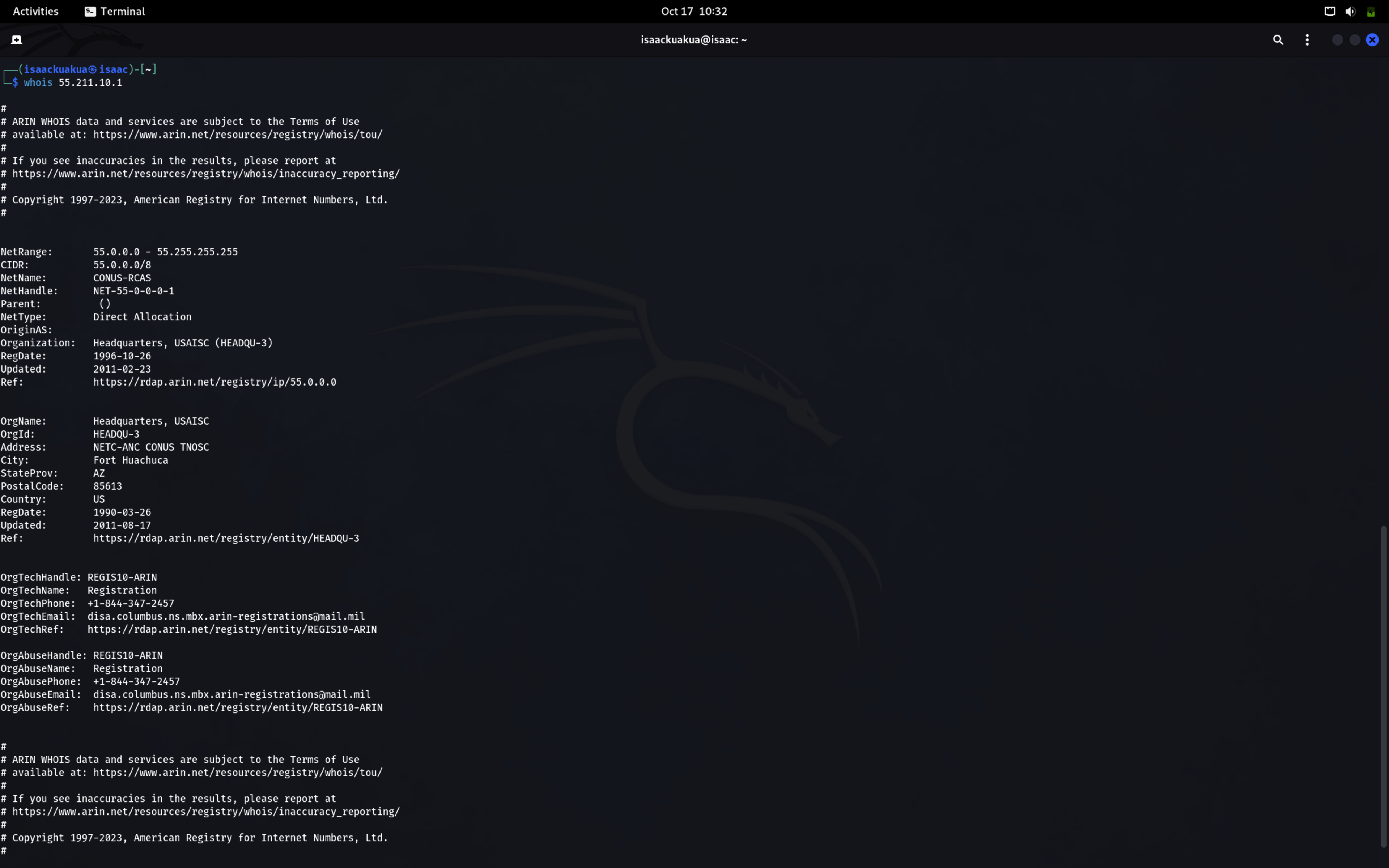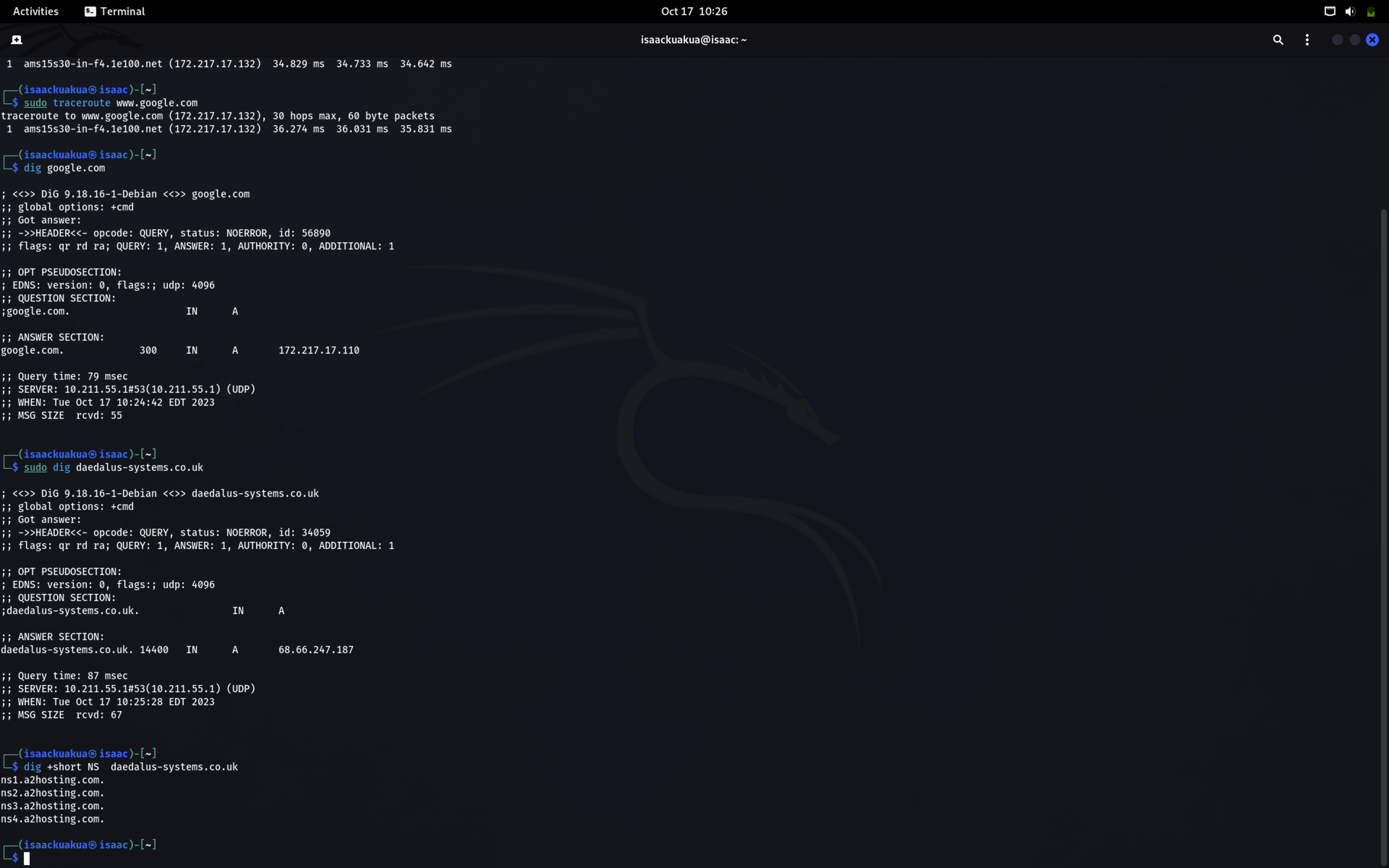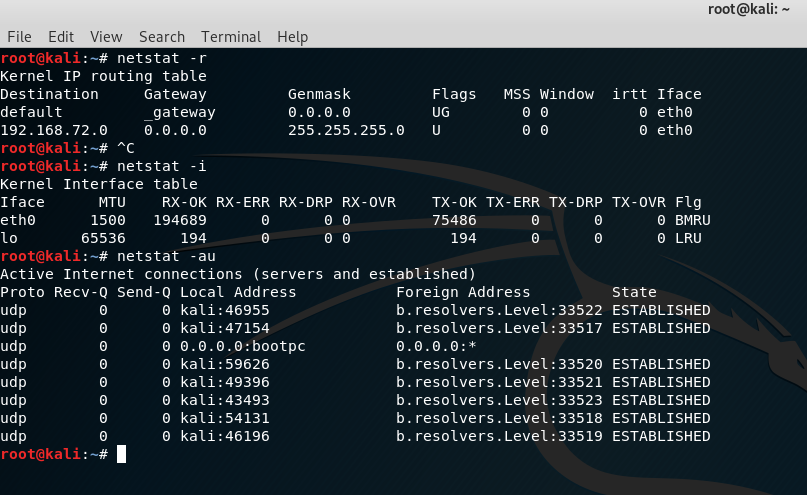Cyber Security
Cybersecurity, or computer security, involves the practice of protecting systems, networks, and programs
from digital attacks, damage, or unauthorized access. As technology becomes increasingly integral to our
daily lives and business operations, the importance of cybersecurity continues to grow. Here are some
key
aspects of cybersecurity:
Some types of Cyber Threats:
Malware: Malicious software, including viruses,
ransomware, and spyware.
Phishing: Fraudulent attempts to obtain sensitive
information by posing as a trustworthy entity.
Hacking: Unauthorized access to computer systems or
networks.
Denial of Service (DoS) Attacks: Overloading a system or
network to make it unavailable.
Man-in-the-Middle Attacks: Intercepting communication
between two parties without their knowledge.
Some preventive Measures:
Firewalls:
Act as a barrier between a secure internal network and untrusted external networks.
Antivirus Software: Detects and removes malicious
software.
Regular Software Updates: Patching vulnerabilities in
software to prevent exploitation.
Strong Authentication: Using complex passwords,
multi-factor authentication, or biometrics.
Employee Training: Educating users about cybersecurity
best practices.
Network Security:
Encryption:
Protecting data by converting it into a code that can only be deciphered by authorized
parties.
Intrusion Detection and Prevention Systems (IDPS):
Monitoring and responding to malicious activities on
a network.
Virtual Private Network (VPN): Establishing a secure connection over the internet.
Endpoint Security:
Antivirus and Anti-malware Solutions: Protecting individual devices from malicious software.
Mobile Device Management (MDM): Managing and securing mobile devices used within an organization.
Incident Response and Management:
Developing an Incident Response Plan: Outlining steps to take in the event of a cybersecurity incident.
Forensics:
Analyzing and understanding the nature of a cyberattack after it occurs.
Risk Management:
Identifying and Assessing Risks:
Evaluating potential threats and vulnerabilities.
Implementing Security Policies: Establishing rules and procedures to mitigate risks.
Regular Audits and Assessments: Evaluating the effectiveness of security measures.
Legal and Ethical Considerations:
Compliance:
Adhering to legal requirements and industry standards.
Privacy:
Protecting sensitive and personal information.
Emerging Technologies:
Artificial Intelligence (AI) and Machine Learning:
Utilizing advanced technologies to enhance threat
detection.
Blockchain:
Enhancing the security of transactions and data.
International Collaboration:
Information Sharing:
Collaborating with other organizations to share threat intelligence.
Global Standards:
Working towards international standards for cybersecurity.
Continuous Monitoring and Adaptation:
Security Awareness Training:
Keeping personnel informed about the latest threats and best practices.
Continuous Improvement:
Adapting security measures to evolving threats and technologies.
In an ever-changing digital landscape, staying proactive and informed is crucial to maintaining
effective cybersecurity. Organizations and individuals alike must prioritize cybersecurity to safeguard
sensitive information and ensure the integrity of digital systems.
Scanning activities
Others activities




